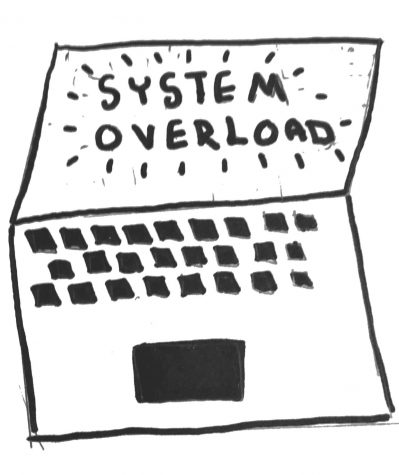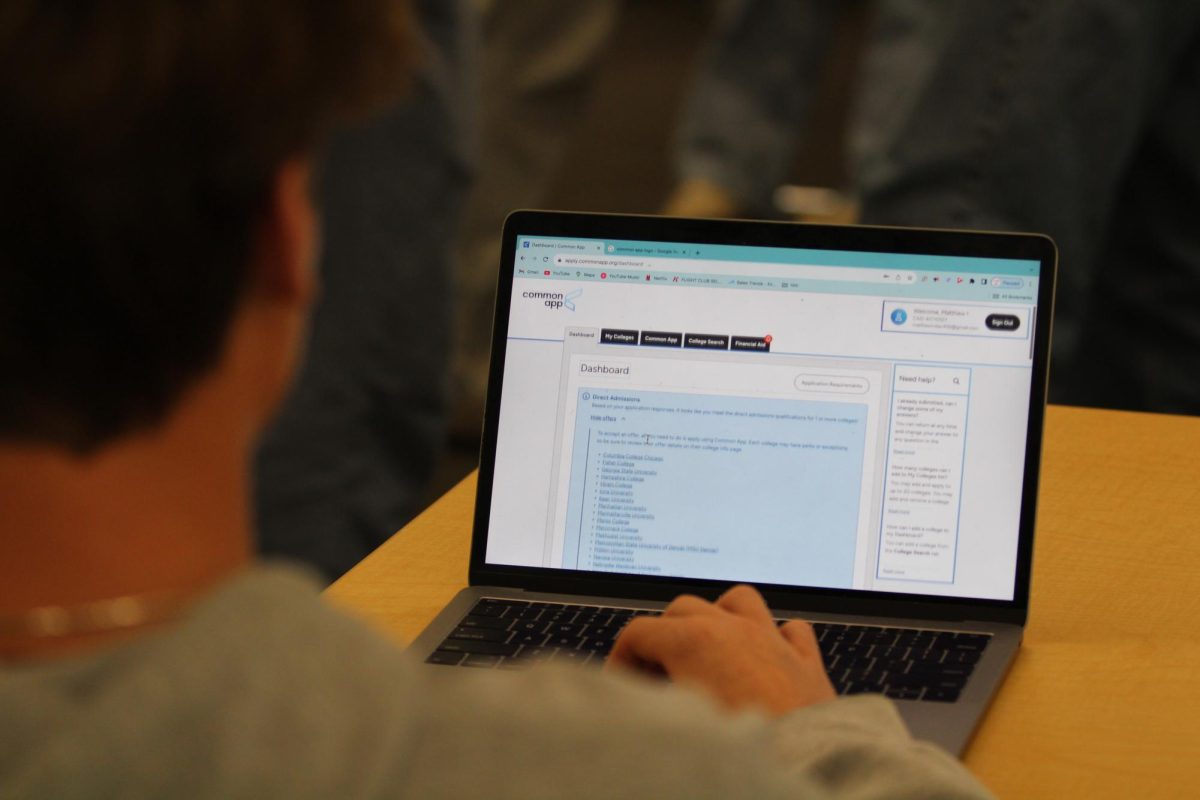The past three months have been a trial period- now it is time to improve online learning as it becomes the new normal
June 17, 2020
On the evening of March 12, students and teachers were informed that Redwood High School would be closed for at least two weeks, and so began the period of virtual learning. With little time to initially prepare, classes were disorganized and unproductive. Although the Tamalpais Union High School District’s (TUHSD) system of online learning has improved since the beginning of school closure, it is not as effective as it could be. With the status of the fall semester uncertain, teachers and administrators need to work on solidifying an online learning system that ensures students are effectively learning material and staying motivated.
Before school closures, students around the world dreamed of an oasis where grades weren’t dependent on the quality of work or test scores. However, when it is possible to receive an “A” in a class simply because the “submit” button on Google Classroom was pressed, students lose interest in retaining information and demonstrating knowledge. Instead, they choose to put in the least amount of effort possible in order for the assignment to be complete. As expressed in the academic paper “The Role of Grades in Motivating Students to Learn,” Emil Stan from the Petroleum-Gas University of Ploieşti surveyed students and found that 26 percent learn for grades and 35 percent learn because they must (in order to please their parents). The survey also revealed a significant correlation between grades, short term learning and external motivation. When students do not receive nuanced grades for the work they complete, nothing besides internal drive and the desire to learn motivates not only the completion, but the quality of work. While it would be nice if all students could be held accountable for the quality of their work, having grades to push students ensures that most do their best.
Additionally, although they are not enjoyable, graded assessments such as tests and quizzes are essential for teachers to ensure that students are internalizing material. According to the education foundation, Edutopia, tests are “essential to evaluate whether the educational goals and standards of the lessons are being met.” While students may attempt to use tests to boost their grades, teachers use tests to enhance their teaching. If a teacher notices a significant amount of students answered a test question wrong, they may review the subject of the question in class to fill in any gaps in knowledge and in the future teach material differently to ensure students are grasping the concept. Graded assessments also motivate students to put in extra work to learn and memorize everything the teacher is expecting them to know. Ultimately, assessments and grades enable teachers to identify areas of weakness and allow students to take full advantage of the curriculum.
Another fault of online learning is the use of an unnecessarily wide variety of platforms. From Google Classroom, to Zoom, to Google Meet, to Facetime, to teachers emailing assignments to both personal and school-provided email addresses, the amount of programs used by teachers to communicate with students is tremendous. While it is not extremely difficult to keep track of what teacher uses which platform, continuity is definitely called for. Personally, I have enjoyed keeping track of classes through Google Classroom, as it includes a “calendar” feature which lays out work assigned for every class and when it is due. I have also found more success using Zoom than other video-chat platforms as it is easy to join a meeting by clicking on a link and transitioning between “speaker view” and “grid view” is seamless. Regardless of my personal preference, it is important that TUHSD designates only one platform for assigning work and another for video conferencing in order to avoid unnecessary confusion for students.
While some may argue that the current system of online learning is effective in its current state, there is always room for improvement. Just as teachers look at assignments with the mindset that “there is always room for improvement,” the TUHSD community should have the same attitude about online learning. The portion of the spring semester that was online should be looked at as a temporary trial period for an ever improving system, and summer break provides the opportunity to make those improvements. TUHSD should strive to make online learning beyond effective so students can learn and demonstrate knowledge in a way that is comparable to, if not better than, in-person learning.
Optimistically, Redwood will be able to return to normalized, in-person instruction in the fall. Realistically, it is likely that online learning will be incorporated into the curriculum in some way, shape or form. It is important that TUHSD identifies areas where improvement is needed and continues to work toward making online learning as similar to in-person learning as possible before the fall semester.







